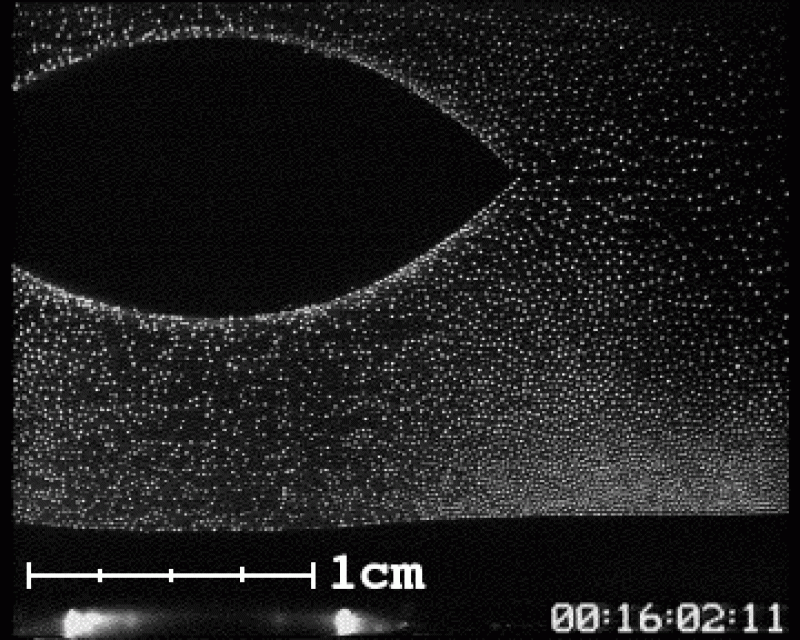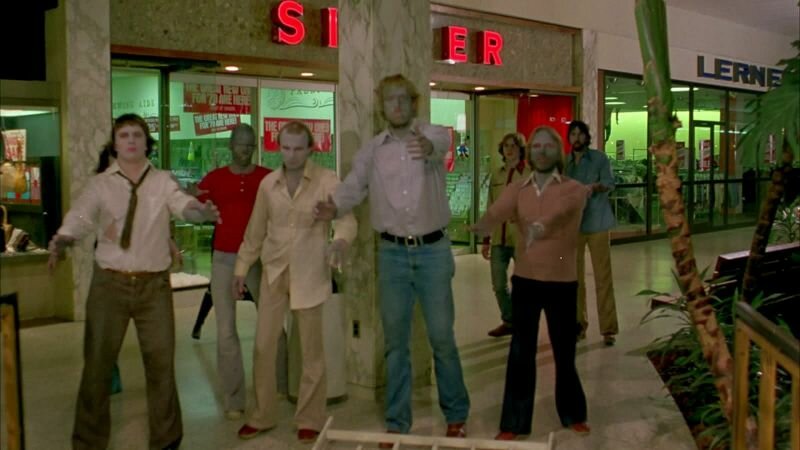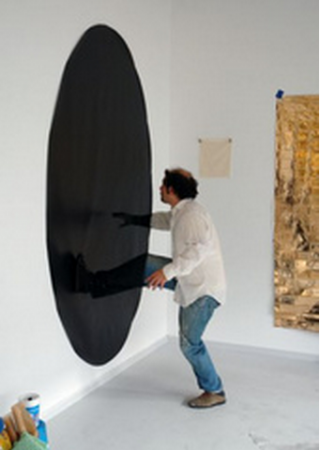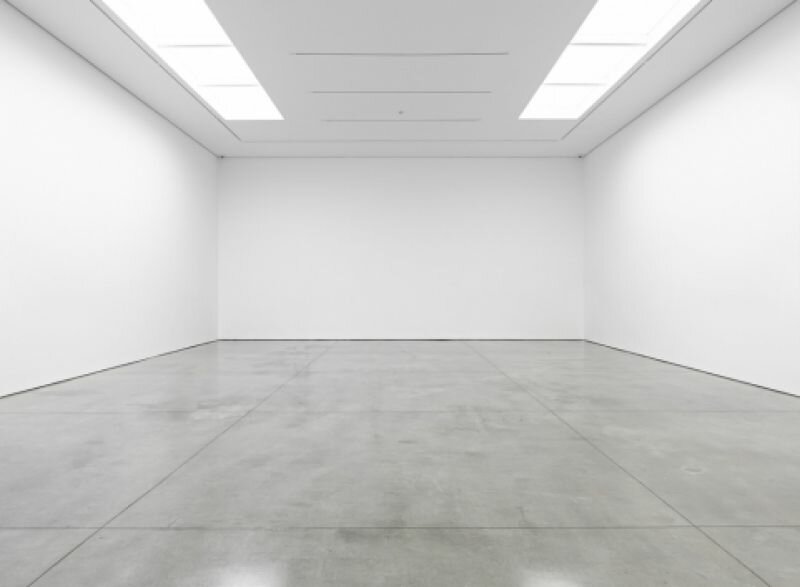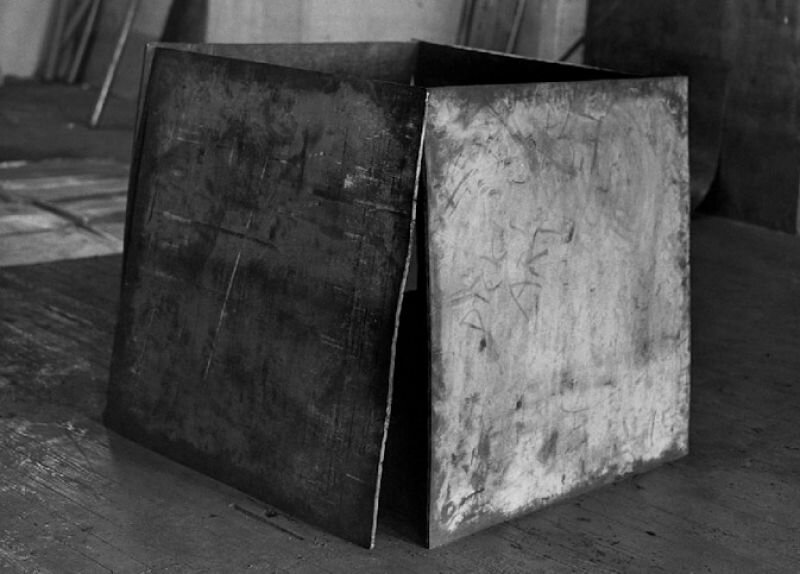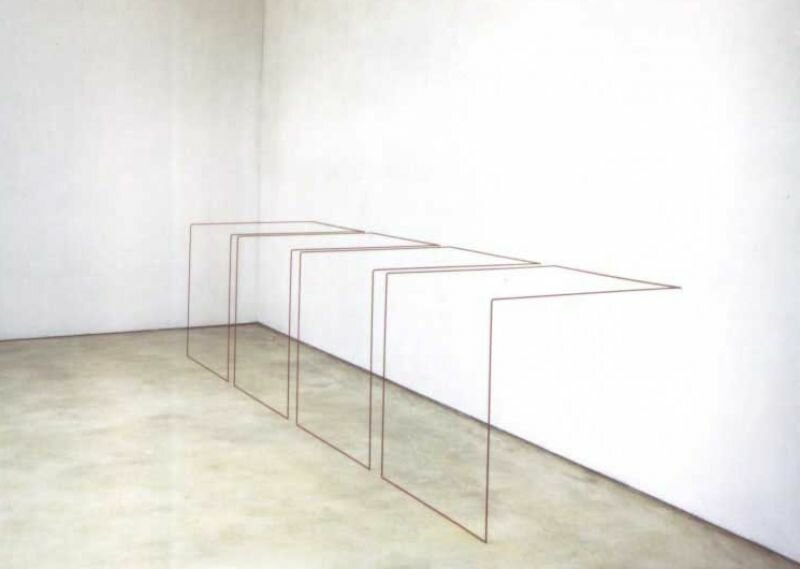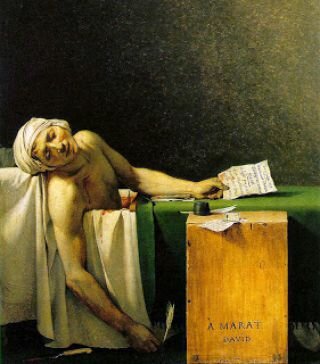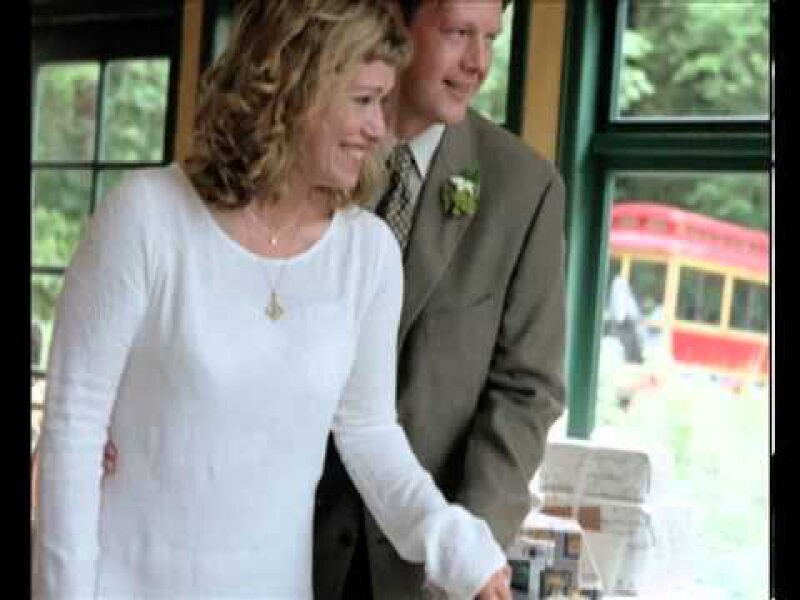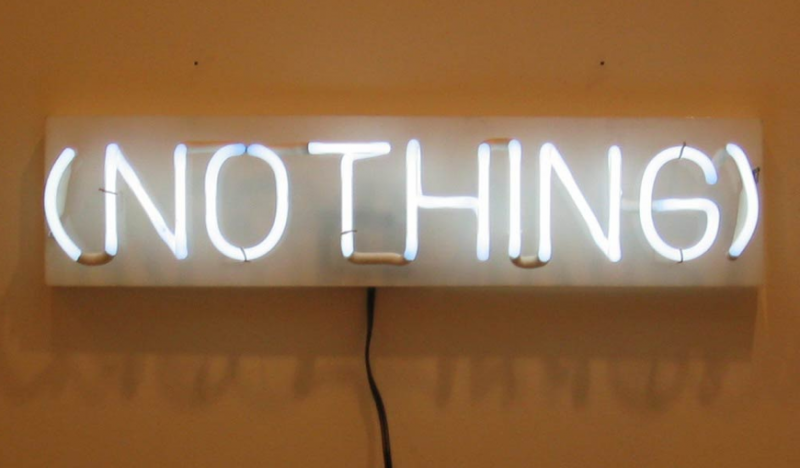
Most of us would reach for the dictionary to find a description for “nothing”, so here goes nothing:
1
Nothing is: nothing (pronoun) is not anything, not a thing: nothing. But is there more to it? The term nothing makes its appearance in the works of many great thinkers and philosophers. Like Socrates, for example who said, “I only know one thing: I know nothing.” In this context, nothing refers to knowledge, in other words, that which is not tangible. But isn’t nothing the intangible immaterial?
2
Leonardo Da Vinci said, “Nothing has no centre and it borders on the nothing”. He situates the “nothing” as an endless given. What would I do with absolutely nothing? Before “something” exists there must first be “nothing”. Could you describe this as a cause and effect reaction? In today’s society, one must be sure to do “something” to stand out. But doesn’t this great collective desire for “something” not simply heighten our desire for the “nothing”? “Although one can profit from something, we can only find that which is useful in nothing”, according to Lao-Tse3.
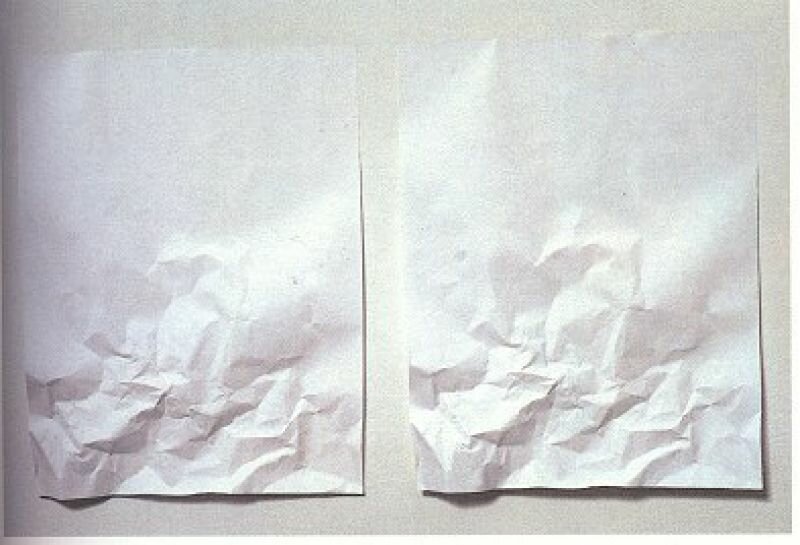
Let’s get this straight. At this point, I’m convinced that “nothing” indeed, is intangible. But I do think that “nothing” becomes tangible when it is the starting point for an idea. The absence of “something”, or in other words, “nothing”, acts as a foundation, and creates the urgency to fill the space of that which is lacking substance. Does “nothing” really exist?
When I look around me, I see many concrete things, but I don’t see a sign of “nothing”. Is “nothing” not just a term that humans have devised? Maybe we created the “nothing” so that we have a word for the incomprehensible and the unfathomable, an idea translated into vocabulary. Is “nothing” simply a made-up thing that we’ve grown accustomed to?
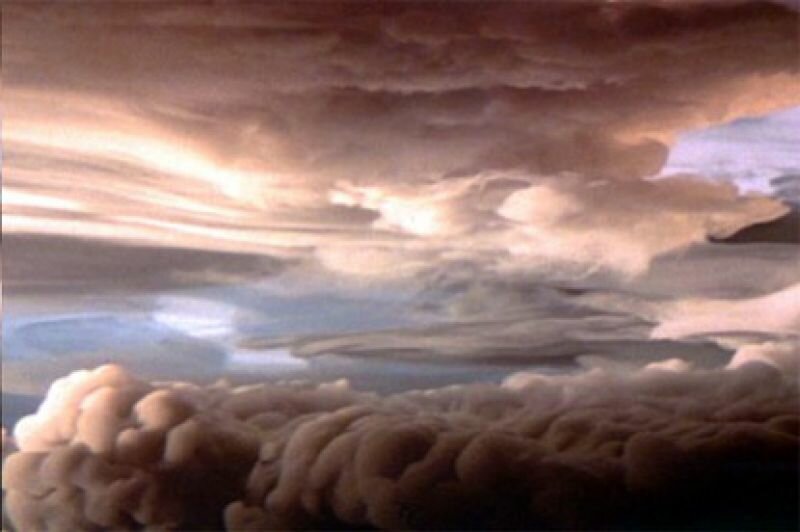
The villain from the film The NeverEnding Story: a dark cloud that engulfs all.
4
Artistotles said that everything that exists within the mind has first existed within the senses. Haven’t we just talked each other into the concept of “nothing”?
For example, when I look at the sky, I ask myself if this is “nothing”. No. The air is made of particles, molecules, and these are made of atoms. Has science, then, spoiled our mystical idea of “nothing”?
The thought of a complete vacuum is exciting. But science has rationalised this concept and to told us that this is impossible.
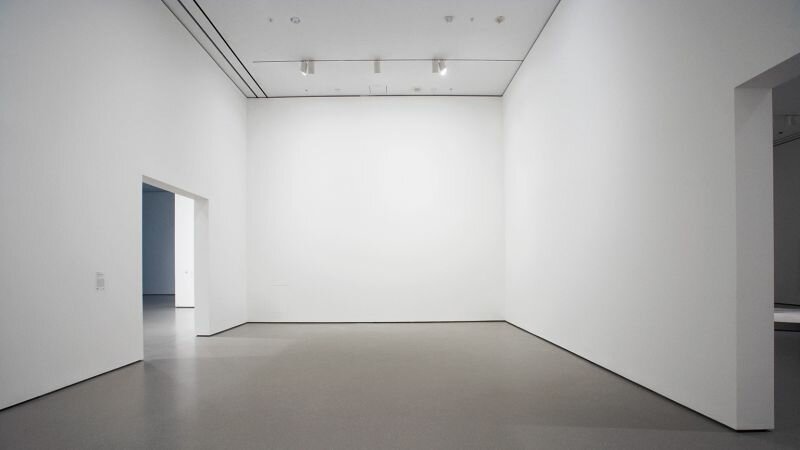
So if an external “nothing” is impossible, what does this say about an internal nothing? Is it possible to not think or feel anything? These are questions that I still struggle with.
But I can share my own experience. I can’t think of “nothing”. There is always something going on in my head. If I tell myself to sit quietly and think of “nothing”, I’ll only think of the word “nothing”. Feeling “nothing” seems like even less of a possibility. “Nothing” must then also be impossible internally. But what, then, remains of “nothing”?
“Nothing” is intangible. “Nothing” can be the start of “something”. “Nothing” can become “something”. “Nothing” could be just a man made word. “Nothing” can be a thought or a feeling. “Nothing” does not really exist: simultaneously the meaning of the word itself. In the end, this text is much ado about nothing.
